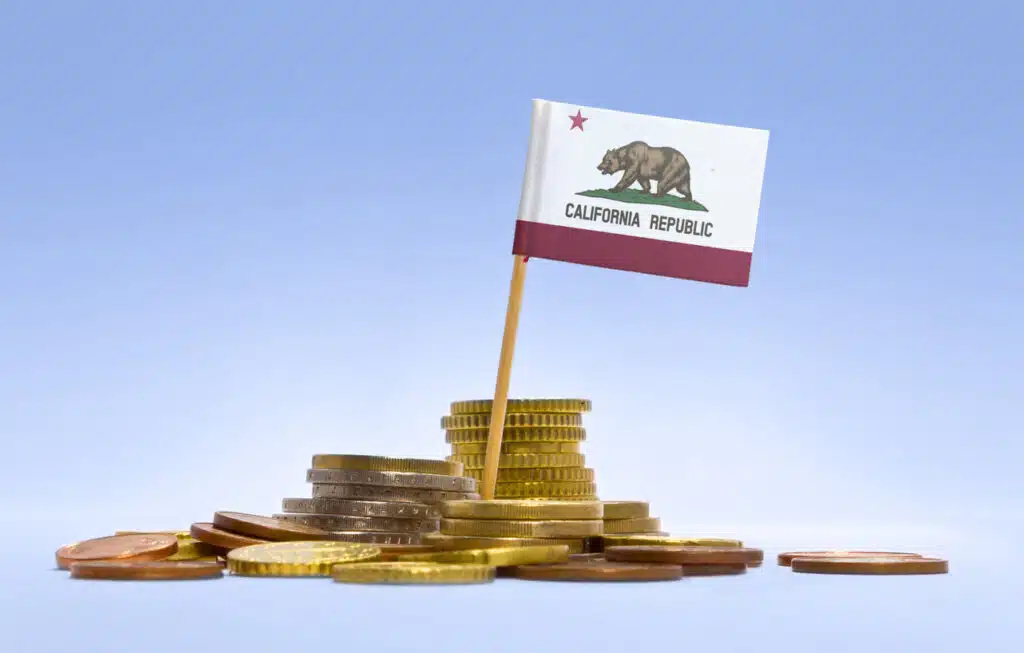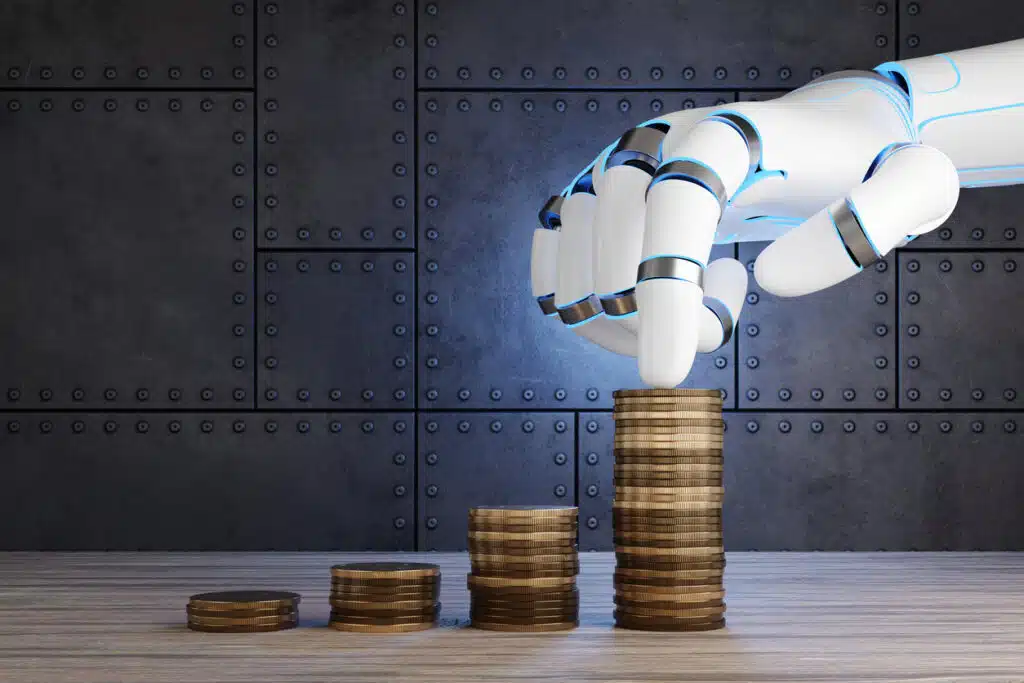The Canadian federal government’s Scientific Research and Experimental Development (SR&ED) tax credit program is more than just a payroll offset for developer salaries.
Part of what sets the SR&ED program apart from its counterparts on the global stage is that the CRA also allows businesses to claim material expenses as part of their annual filing.
The Materials for SR&ED policy categorizes eligible expenses as either Materials Consumed or Materials Transformed that have been fully paid either within the current tax year or under 180 days of the fiscal year end.
In this post, we’ll dig deeper into the distinctions between the different kinds of SR&ED-eligible materials, how to calculate the “cost of materials” in the context of SR&ED, key considerations and potential pitfalls that go into ensuring the highest return on your material investments.
Materials Consumed
For starters, Materials Consumed represent physical (non-human) components that are “rendered virtually valueless” over the course of research and development.
To put a finer point on it, at least 90 percent of the materials have to be consumed over the course of SR&ED for the entire, original costs of the materials to be considered an allowable expenditure.
Examples of Materials Consumed include:
- Testing materials that were destroyed in support of “basic research, applied research or experimental development work”
- “Input materials” that were consumed or retained less than 10 percent of their value over the course of “experimental production”
- Any supplemental materials “beyond what is normally necessary to produce a standard output” during commercial production (ie. “Additional input materials,” not resources that are already a part of commercial production).
An important distinction to understand is the difference between “overhead and other expenditures” that may be consumed during the SR&ED process, but aren’t considered claimable. These include
- broken or used lab supplies
- cleaning supplies
- general utilities such as water, electricity, oil, natural gas, etc.
- CDs / DVDs
- used lubricants such as engine oil
Materials Transformed
Materials are considered transformed when they’ve been fundamentally changed into “another material or product” over the course of SR&ED. Unlike consumed resources, Materials Transformed must still retain value— “either to a claimant or another party”—that’s at least 10 percent greater than the initial expenditure.
This category of materials can be a bit trickier to qualify than Materials Consumed because it touches on specific language related to SR&ED During Production Runs Policy; specifically as it relates to Experimental Production (EP) plus Experimental Development (ED).
Experimental Development + Experimental Production (EP+ED)
One of the most common questions around the entire SR&ED process is whether or not productionalization disqualifies certain activities and expenditures from making it into a SR&ED claim.
In the broadest sense, organizations CAN make a SR&ED claim (even if they end up selling the product) if they used materials in an experimental capacity (ie. testing) through experimental development.
For instance, if you are producing samples or prototypes of a product to “establish technological advancements are applicable […], to further resolve technological uncertainties, or to evaluate the SR&ED project,” then the “production output” is considered experimental—and therefore SR&ED allowable—assuming it doesn’t contribute to any simultaneous commercial work.
One example the CRA gives is “yarn converted into fabric during a production run” where the goal wasn’t to commercialize the final output, but to use the final product to demonstrate the execution of Experimental Production.
Calculating Overhead Expenditures for SR&ED
Outside of Materials Consumed and Materials Transformed, there are additional resources that can be claimed as Overhead or “Other Expenditures” that can still be counted toward a total SR&ED claim. As with salaries, there are two distinct methods for calculating SR&ED material expenditures: The Traditional Method, and the Proxy Method.
Proxy Method
The Proxy method is by far the most popular strategy for claimants with larger SR&ED claims. It leverages the Prescribed Proxy Amount of the claimant’s salary base, which is a notional equation that’s been pegged at 55 percent since 2014.
While there’s plenty to unpack there in the context of salaries, the TL;DR is that for every $100,000 in eligible salary expenditures, the CRA can “top up” expenses by $55,000, essentially “lifting” the pool of total eligible expenditures to $155,000 in the process.
That means—in the simplest reading of the legislation—that the PPA provides “blanket cover,” so to speak, in allowing teams to expense a non-material Overhead that’s equal to 55 percent of their total salary claims.
Traditional Method
The traditional method of filing for SR&ED is the less-popular, default practice since it forgoes the PPA and instead asks claimants to identify (and justify) all SR&ED overhead and expenditures themselves.
For large SR&ED initiatives, this approach typically calls for significantly detailed record keeping, and many hours of manual filing.
In general, however, unless resources are the subject of SR&ED work directly, they will likely fall into the category of “overhead or other expenses,” which the CRA currently lists as:
- Cleaning products
- Discs used in computers
- Test tubes, pipettes, vials, bottles, beakers, flasks, dishes and other similar glass or plastic ware
- Microscopes, incubators, Bunsen burners, measuring appliances
- Filter papers
- Acids, solvents, lubricants, soaps, and other similar items used in processing
What about Plants, Animals—even Water?
While most living things can’t themselves be considered Materials Consumed or Transformed, there are certain resources related to “growing things” that may be eligible when they compose the “body of a thing at a given moment” in the SR&ED process.
For instance, animal feed, plant fertilizer and pesticides could all potentially qualify under the right conditions. It’s worth noting that any “control groups” deployed to use as a comparison to track or monitor progress of SR&ED regarding animals or “growing things” are not normally eligible as part of the claim.
At the same time, utility costs—including water, fuel, electricity and oil—are not considered SR&ED-ible materials, but “overhead and other expenditures” under the Traditional Method (or already accounted for in the PPA when filing via the Proxy Method).
Of course there are caveats. For instance, Endothermic Reactions where energy becomes part of the production process and drives a necessary chemical reaction have been flagged as Material costs in past SR&ED claims.
But any successful claim hinges on the ability to clearly communicate actions and outcomes at all stages of the SR&ED process to maximize access to necessary funds.
An ongoing partner for SR&ED clarity
For anyone who hasn’t filed for SR&ED in the past—and even for some seasoned SR&ED pros—navigating the jargon and technical language that’s all over the CRA guidance can be a confusing and time consuming process.
To that end, just maintaining the records and data necessary to justify certain expenditures as either materials or overhead can be a lengthy exercise that only frustrates stakeholders across your finance, product and operations teams.
At Boast, our team of technical writers have decades of combined experience filing thousands of successful claims with the CRA. That’s because many of us are technologists and even founders in our own right, knowing firsthand what goes into driving successful research and development initiatives to help us communicate your unique innovation in language the CRA will accept.
The result? Boast customers on average enjoy 20 percent higher SR&ED claims with minimal effort.
Our AI-driven platform seamlessly collects all the necessary project, payroll and financial data our team needs to craft a claim that’s not only defensible in the event of an audit, but insightful to leaders across your organization. Not only can product and R&D teams leverage their Claim Insights to understand how to better allocate time and resources, but finance teams are ultimately armed with more funding to extend their product runway.
All of this unlocks a virtuous cycle of investment that sets teams up for success and growth without having to hand over any equity in the business.
Learn more about how Boast has helped thousands of businesses across North America tap into the innovation capital they need to succeed by talking to an expert today.
Materials for SR&ED FAQ
- What are the two main categories of eligible materials for SR&ED? The CRA recognizes materials as either “Materials Consumed” or “Materials Transformed” during the course of SR&ED work.
- What is the difference between Materials Consumed and Materials Transformed? Materials Consumed are rendered virtually valueless (at least 90% consumed) during SR&ED, while Materials Transformed are fundamentally changed into another material/product, retaining at least 10% of their original value.
- Can production materials be eligible for SR&ED claims? Yes, production materials can qualify if they were used in an experimental capacity (testing, prototypes, samples) to resolve technological uncertainties or establish technological advancements, separate from commercial work.
- How are overhead and other expenditures calculated for SR&ED claims? There are two methods: the Traditional Method requires detailed record-keeping of all overhead expenses, while the Proxy Method allows claiming 55% of eligible salary expenditures as overhead.
- Can living things or utilities be claimed as SR&ED materials? Living things themselves cannot be claimed, but related materials like animal feed or fertilizers may qualify. Utilities like water and electricity are generally considered overhead, not materials.





